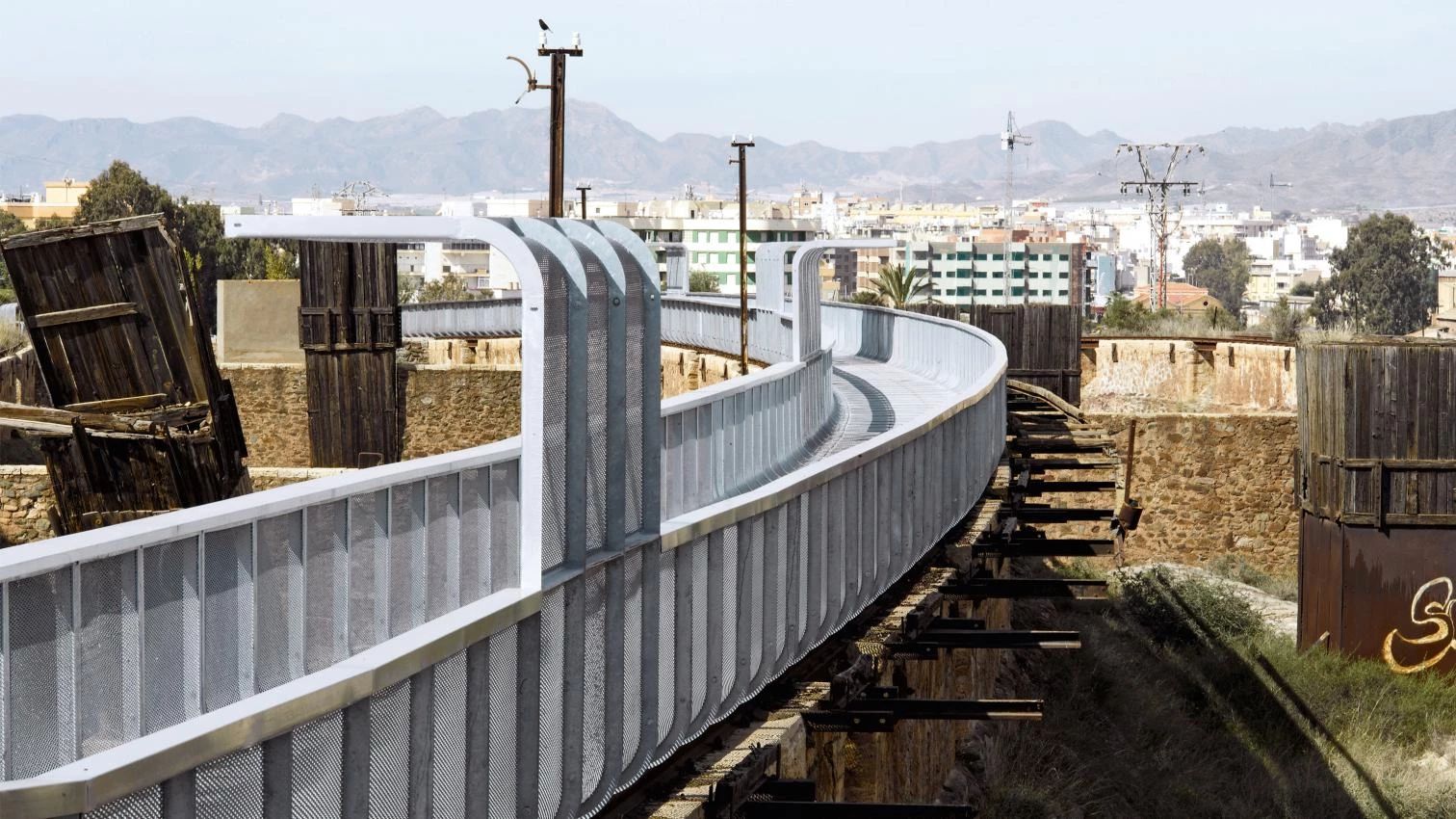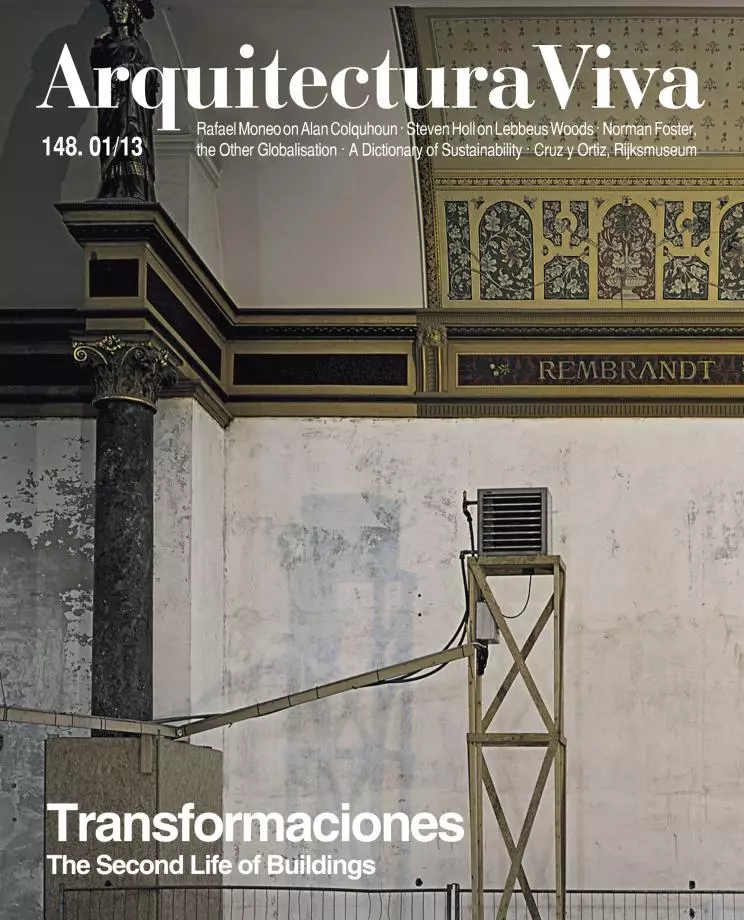After Industry

If I were to reembrace Catholicism, I would surely end up dressed as a Catalan Jesuit and transported to Andalusia. And, like the Cordobese, bent on religion at any price, I would hear mass on Sundays in the mosque. “Mass is held in the mosque!” The mosque is a place so magical and complex, so made up of layers of history, that such an affirmation comes naturally. One may have not taken part in the construction and it would have been different, or taken part and still it would be different; it was different before in its many enlargements, and it is different now in a different context.
Encapsulated by age and independently of their qualities, there are constructions that are protected to the point of paroxysm with the ‘vaseline’ of ‘that which is ours’. It is industrial buildings that can be subject to a good number of reflections, and to interventions distanced from the predictable. The terms ‘refurbishment’ and ‘preservation’ present themselves as staples fixing actions to existing reality: return the building to its original state, assuming this is desirable and possible, and apply the chloroform of stabilization.
“Something happens, and from the moment it begins to happen, nothing can ever be the same again”, wrote Auster with astonishing simplicity. The word ‘intervene’ is traversing rocky but more exciting ground. Intervention is born from questioning the quality of things. It reflects on need, and ultimately infers what it must do bravely and roughly. This acting on industrial buildings benefits from not being subject to the rules that governed their original uses; a tricky advantage considering how some architects tend to forget about the rough beauty of what grew on the sole seed of utility. Even so, building of this kind carry the seed for their transformation. In most cases these places continue to be deposits of a culture that does not seem to be giving that much.
Modifying built matter is one of the systems most often used in reconstructing former containers of industrial work. These buildings patch each other up, benefit from a paint job, or tattoo their skins with recognizable geometries. They are built with objects within the object, or build themselves with the materials of their own destruction, resorting to the widespread penchant for zero residue. I am inclined toward recycling, of an enormous poetic intensity. The material of a place is changed, new uses are attached to it, and the building becomes a different being.
Neither refurbished like the Lute nor preserved like Disney or cosmeticized like Jackson, today’s metaphor for interminable, if not sustainable, action is Cher. Over twenty interventions to redistribute and densify by changing uses, passing from a moving to a non-moving body...and even when non-moving, something begins to happen.





